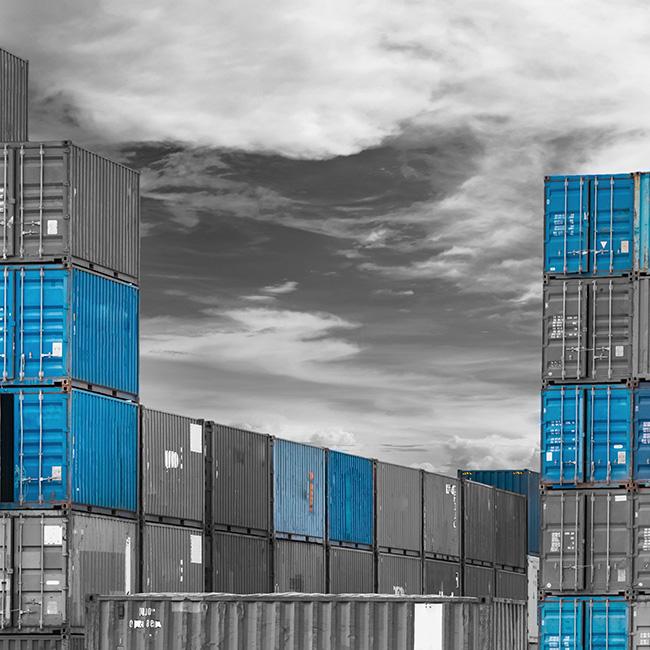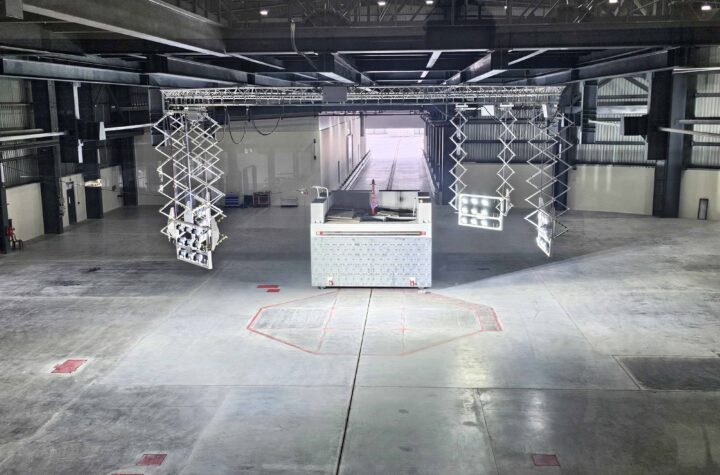
The transportation industry, specifically busing, is undergoing a significant transformation as
emerging technologies become widely accessible. However, unique barriers to adoption exist in
this sector, preventing it from fully embracing new technologies that could increase efficiencies
and improve passengers' experience. Unlike the airline industry, where all planes operate under
similar conditions and control their technology, busing companies must coordinate with city
infrastructure and cell providers, complicating technology adoption.
Despite these challenges, busing companies can still achieve short-term wins, such as
frictionless payments using Apple and Google Pay, real-time tracking, telemetry data, Wi-Fi on
buses, and overall connectivity. So, how can busing companies leverage the Internet of Things
(IoT) to further enhance the passenger experience?
IoT benefits for passengers by offering frictionless payments and real-time connectivity
IoT provides passengers with benefits like frictionless payments and real-time connectivity. For
long-term success, busing companies must prioritize the adoption of IoT technologies. By
focusing on aspects that passengers value, such as a seamless experience from point A to point
B, companies can start by implementing digital payment options, enabling riders to use digital
wallets instead of cash or credit cards. This approach also presents an opportunity to offer
snacks and other ancillary services, generating new revenue streams.
Another immediate value-add for passengers is real-time tracking. Current riders can monitor
their estimated arrival time based on live traffic updates and stops, while potential passengers
can view the bus location and anticipate any delays. Real-time tracking also enables
personalized notifications during interruptions, cancellations, or accidents.
Beware of Speed Bumps
Despite the clear benefits, challenges remain in implementing and integrating IoT into existing
infrastructure. One of the most significant barriers is the resource investment required for real-
time connectivity. The cost of components, fees, and infrastructure may deter many busing
companies from embracing this technology. However, the long-term payoff in safety, reduced
breakdowns, and cost savings makes this investment worthwhile.
Another challenge is sourcing and managing external data at scale. Companies need to
collaborate with other organizations to improve predictive maintenance, fleet management,
and operations, which can prove difficult.
Busing companies should adopt a step-by-step approach when implementing new technologies.
For instance, starting with internal GPS tracking before making it accessible to customers can
reduce apprehension and build confidence.
Over the next 3-5 years, the most significant industry shift will likely be towards vehicle
electrification, introducing environmental benefits and reducing emissions. Alongside the
continued rollout of Vehicle-to-Everything (V2X) systems and infrastructure, this will lead to
improved time performance, real-time accident handling, and a more personalized ridership
experience.
Although it might seem daunting, embracing connected technologies and IoT is crucial for
enhancing passenger experiences and ensuring long-term success. By investing in these
technologies, companies can optimize their operations, elevate the customer experience, and
contribute to a more sustainable future.









More Stories
MESSRING completes new crash test facility for Mahindra in India
ROHM Develops an Ultra-Compact MOSFET Featuring Industry-Leading* Low ON-Resistance Ideal for Fast Charging Applications
More than 30 of the top 50 global suppliers have production facilities in Turkey